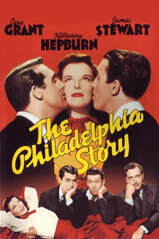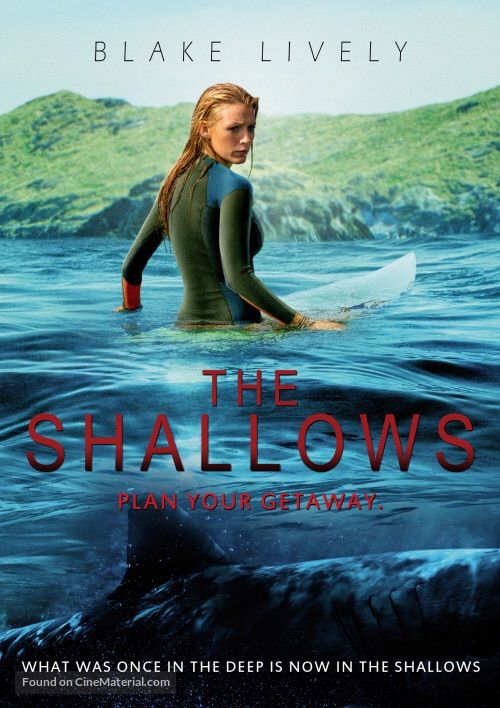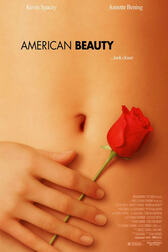|
Scores of movies are full of antagonism and hostility between women (and girls). It is less common to see congeniality and solidarity between female characters. One of the things that struck me about Crazy Rich Asians (2018) was the number of times a woman is shown hugging another woman. I counted at least twelve hugs. It includes hugs between new friends, old friends, a mother and daughter, strangers on an airplane and women of different generations. Compared to most Hollywood movies this is an incredible number of hugs. All this hugging is likely less memorable than the dead-fish-in-hotel-bed scene to most viewers. However, these hugs and the numerous supportive moments definitely counterbalance the antagonism between the lead female, Constance Wu, and two other women (Michelle Yeoh and Jing Lusi). It would be great, not to mention uplifting, to see this much hugging in all movies.
© 2019 Alline Cormier
0 Comments
One of the dozens of things I keep track of in feature films is the language used in reference to female characters. Part of the reason for this is that language is very revealing about filmmakers. It tells us a lot about how well or poorly they think of women. The Philadelphia Story (1940), a romantic comedy written by Donald Ogden Stewart (screenplay), based on Philip Barry’s play, contains four significant named female characters (one girl and three women). The filmmakers convey some regressive messages about women, and these four females are called the following names: a little fiend, a scold, toots, a prig, a perennial spinster and a fat old rum pot. Katharine Hepburn, the lead female, calls herself a man’s faithful old dog, as well as an unholy mess of a girl. She is called hard and told she is acting like a jealous woman. Moreover, her ex-husband, an abusive and alcoholic Cary Grant, says to her and James Stewart, “I thought all writers drank to excess and beat their wives. You know, at one time I think I secretly wanted to be a writer.” Also, Hepburn suggests she would like to choke her little sister. The girl, who wants to follow Grant and Hepburn into another room, says, “Oh please, mother, maybe he’s going to sock her again!” I look forward to sharing my findings about the language used in mainstream movies of the 20th and 21st centuries in my upcoming film guide for women.
© 2019 Alline Cormier The other day when I mentioned to someone that The Meg (2018) has more to offer female viewers than any other shark movie I have seen the response I got was, “But Jaws is a classic!” That may be, but that does not mean it has anything to offer female viewers. I am not saying that I did not find Jaws entertaining and enjoyable. I did. However, Jaws only has one significant named female character—Lorraine Gary as Ellen Brody—and no two named female characters ever speak. Moreover, women get less than five minutes of speaking time in this two-hour movie. So it scores poorly for women’s presence and voice. Also, two women are sexualized. The Shallows (2016) scores better, but that is not saying much. Again, there is only one significant named female character—Blake Lively as Nancy (the protagonist). In fact, she is the only character that appears throughout, but she is relentlessly hunted by a shark. At least in Jaws the scene about a shark killing a woman was short. Other characters make brief appearances: six men and one woman, not including a dead mother who graces the screen for a few seconds. Here, too, two women are sexualized. The Meg boasts several named female characters that appear throughout, congenial relationships between women, an affectionate mother/daughter relationship, assertive females, women in STEM, praise for female characters and a woman who gets to be heroic. Furthermore, there is next to no sexualization of women. So female viewers interested in a shark vs. humans movie should go with The Meg; it has more to offer them. © 2019 Alline Cormier I took another look at Casablanca (1942), a movie I analysed a couple of years ago. As a teenager I watched it several times, so I know it well. The witty exchanges, interesting plot and Ingrid Bergman’s modest outfits (and flat shoes!) were a welcome change after the 21st century movies I have been analysing lately. Their coarse and moronic dialogue, insignificant plots and scantily clad women have been getting to me. In my opinion Casablanca’s main drawback is the absence of interactions between women. There are four named female characters but they never speak to each other and three of them only have bit parts. Unlike Humphrey Bogart, who has a few male friends, Bergman (Ilsa) is without any female companions. This is also the case for Madeleine Lebeau, who plays Yvonne, the woman Bogart manhandles and treats carelessly at the beginning. A few or even a couple of relationships between women would have made for a richer film. The poster clearly shows that the distribution of roles is uneven: six men and only one woman—the beauty admired by all. Still, I cannot help wondering what Ilsa and Yvonne’s exchanges would have looked like, had they been given the opportunity to speak to each other.
© 2019 Alline Cormier One of the dozens of things I keep track of in feature films is the language used in reference to female characters. Part of the reason for this is that language is very revealing about filmmakers. It tells us a lot about how well or poorly they think of women. American Beauty (1999), a drama written by Alan Ball, contains four named female characters that appear throughout (two high school girls and two women). None of these females fare well, and they are called the following names: b*tch, slut, c*nt, a disgusting pig, a prostitute, a little brat and a bloodless, money grubbing freak. Moreover, Kevin Spacey says to Thora Birch, one of the teenage girls, “You better watch yourself Janie or you’re going to turn into a real b*tch, just like your mother!” I shone a spotlight on the language used in reference to females because it is not negligible and should not be ignored by those who are concerned about the fact that we live in misogynist societies. I look forward to sharing my findings about the language used in mainstream movies of the 20th and 21st centuries in my upcoming film guide for women.
© 2019 Alline Cormier For an animated movie marketed to children Incredibles 2 (2018) contains some strange inclusions, namely thigh high boots on the two lead females—a mom and a teenage girl—and several scenes in which women drink alcohol. I do not remember there being any alcohol in the kids' movies I watched growing up. Female characters' alcohol consumption is something I have been keeping track of, and I have noted that there is significantly more of it now than there was twenty years ago. The black boots are another story. They immediately called to my mind Julia Roberts' boots in Pretty Woman (1990), in which she plays a prostitute. It is curious that the filmmakers chose these boots for Elastigirl—who is a woman, not a girl—and her teenage daughter. Why not have them wear boots like those worn by the husband and boy? Female characters' clothes and alcohol consumption are two of the many, many topics discussed in my upcoming film guide for women.
© 2019 Alline Cormier |
Categories |










 RSS Feed
RSS Feed